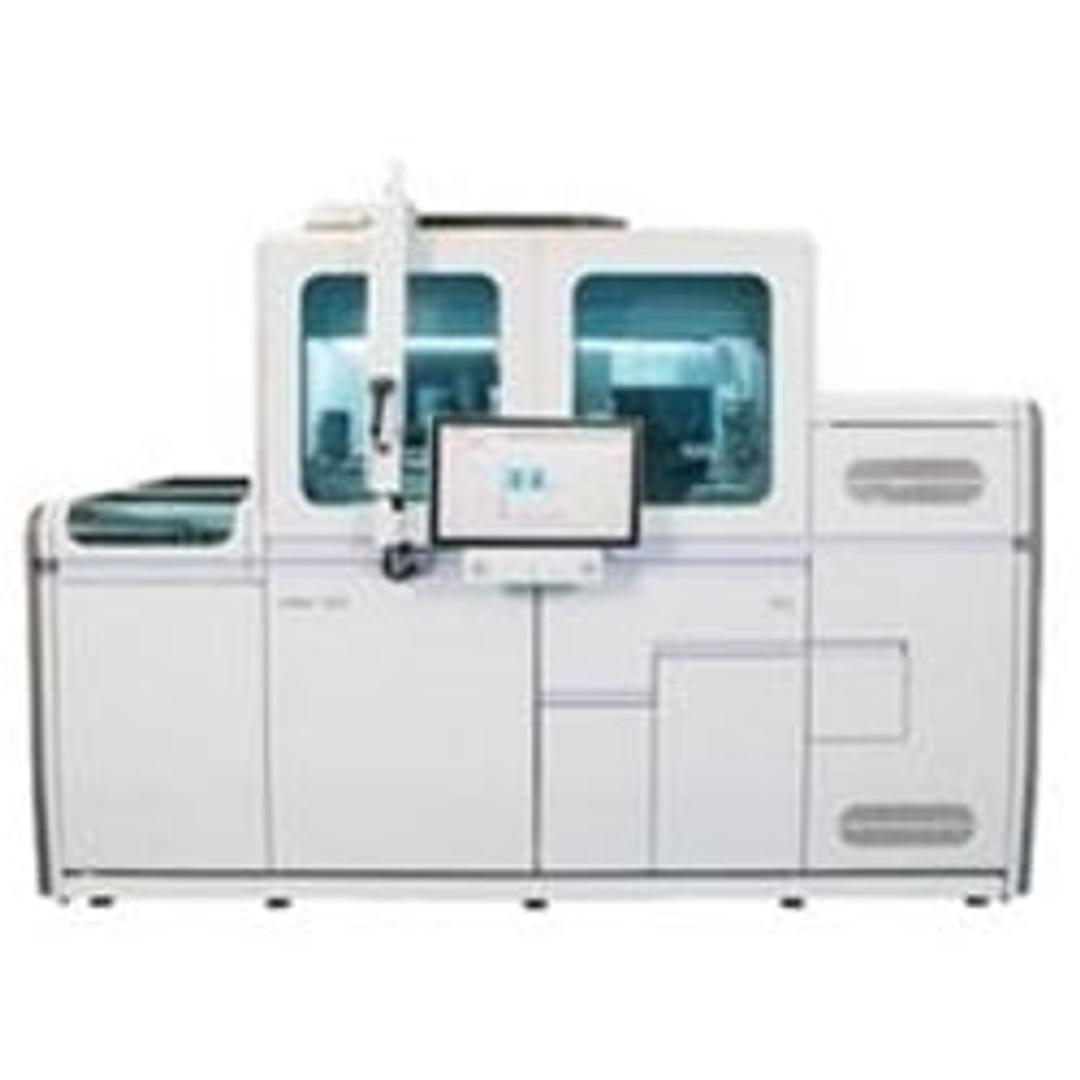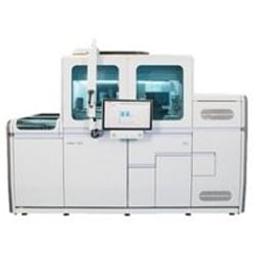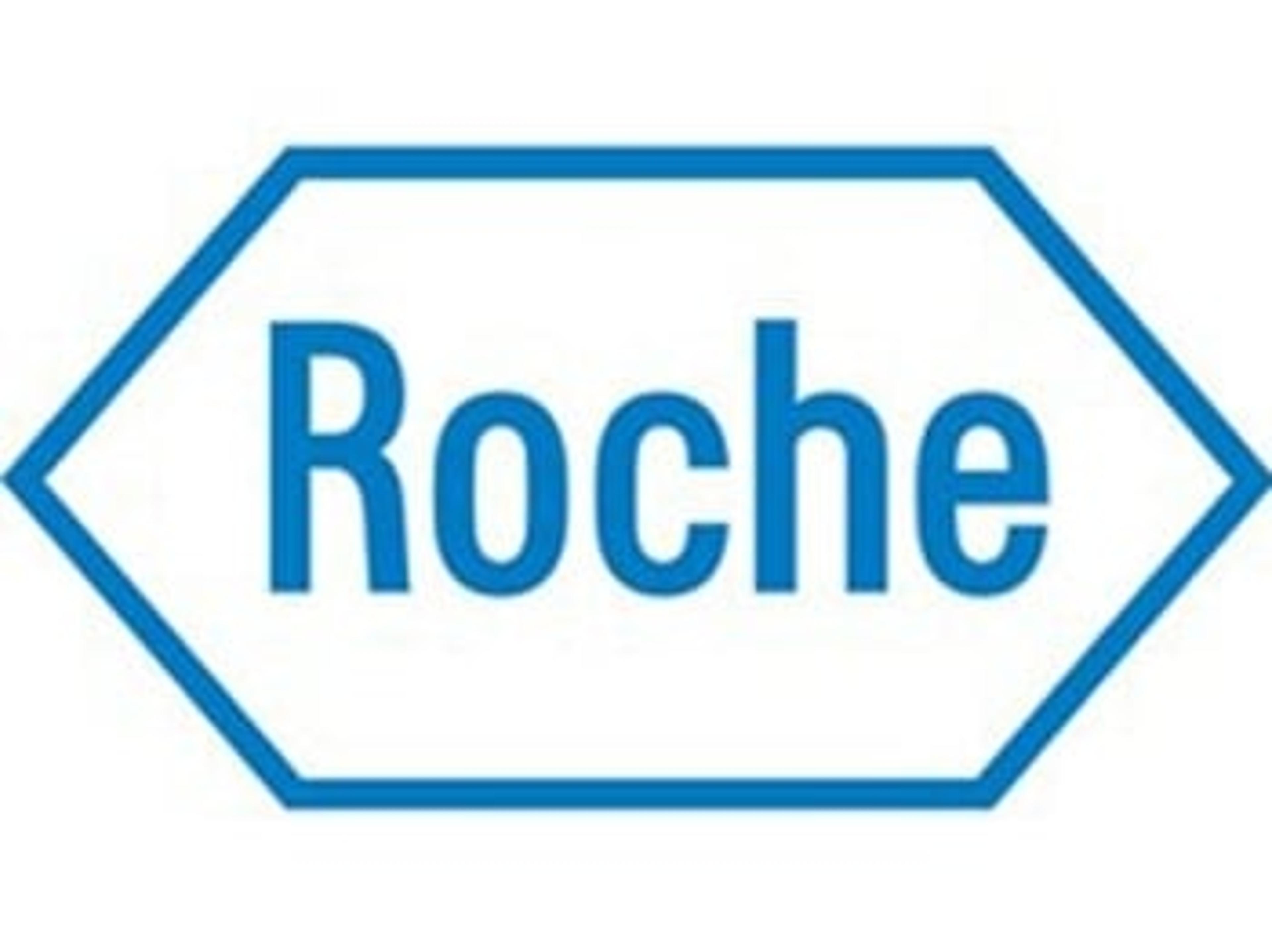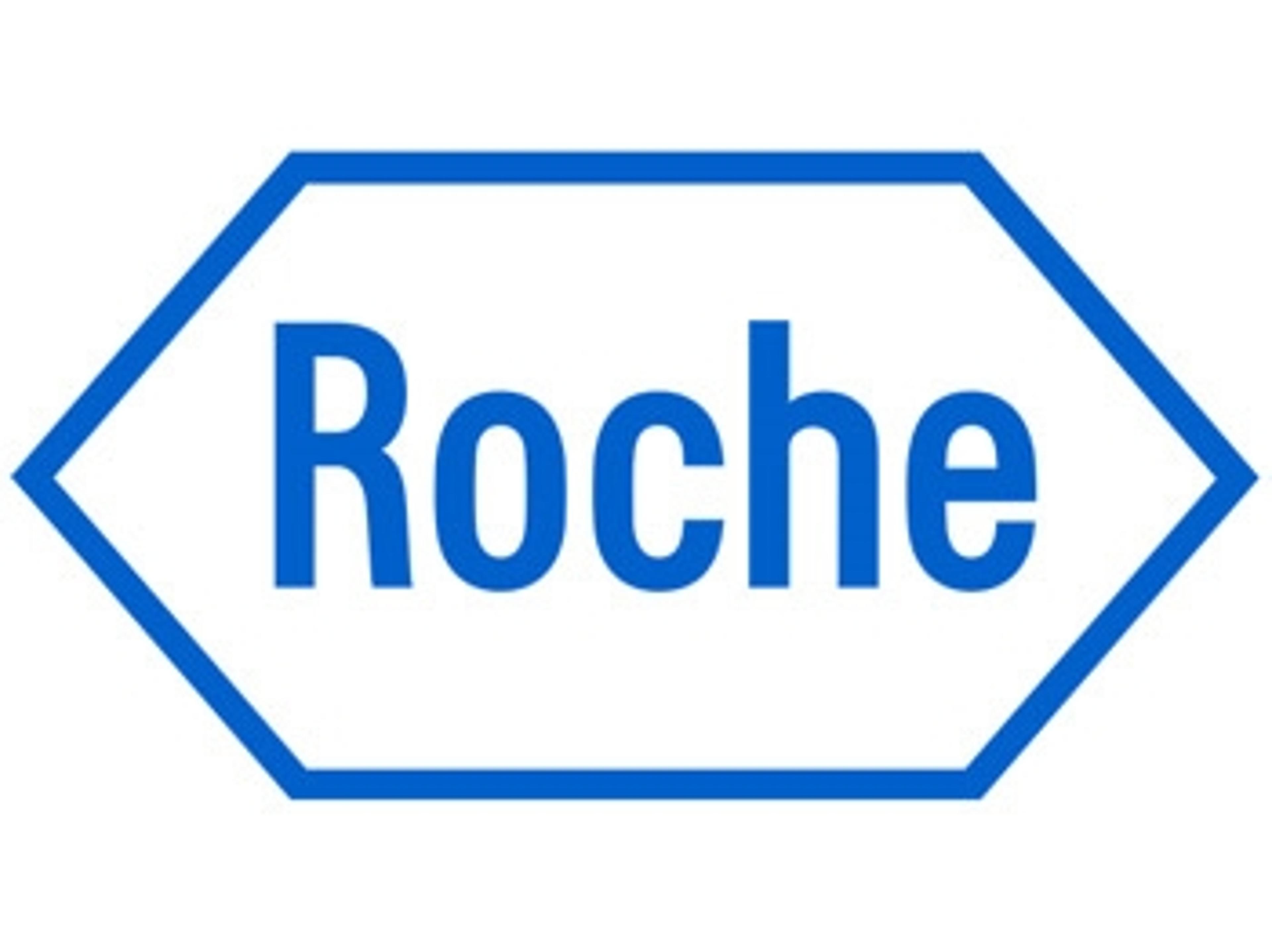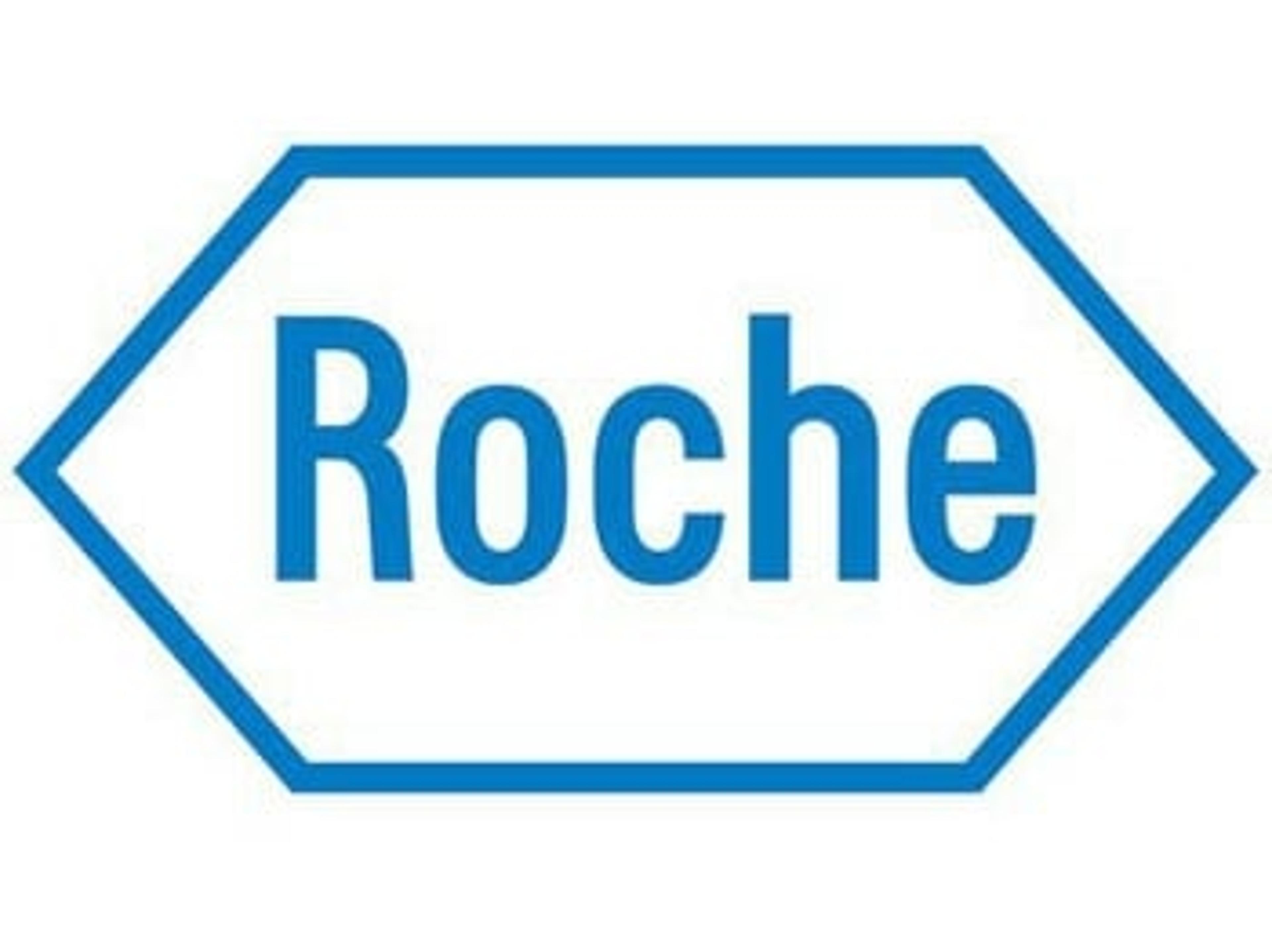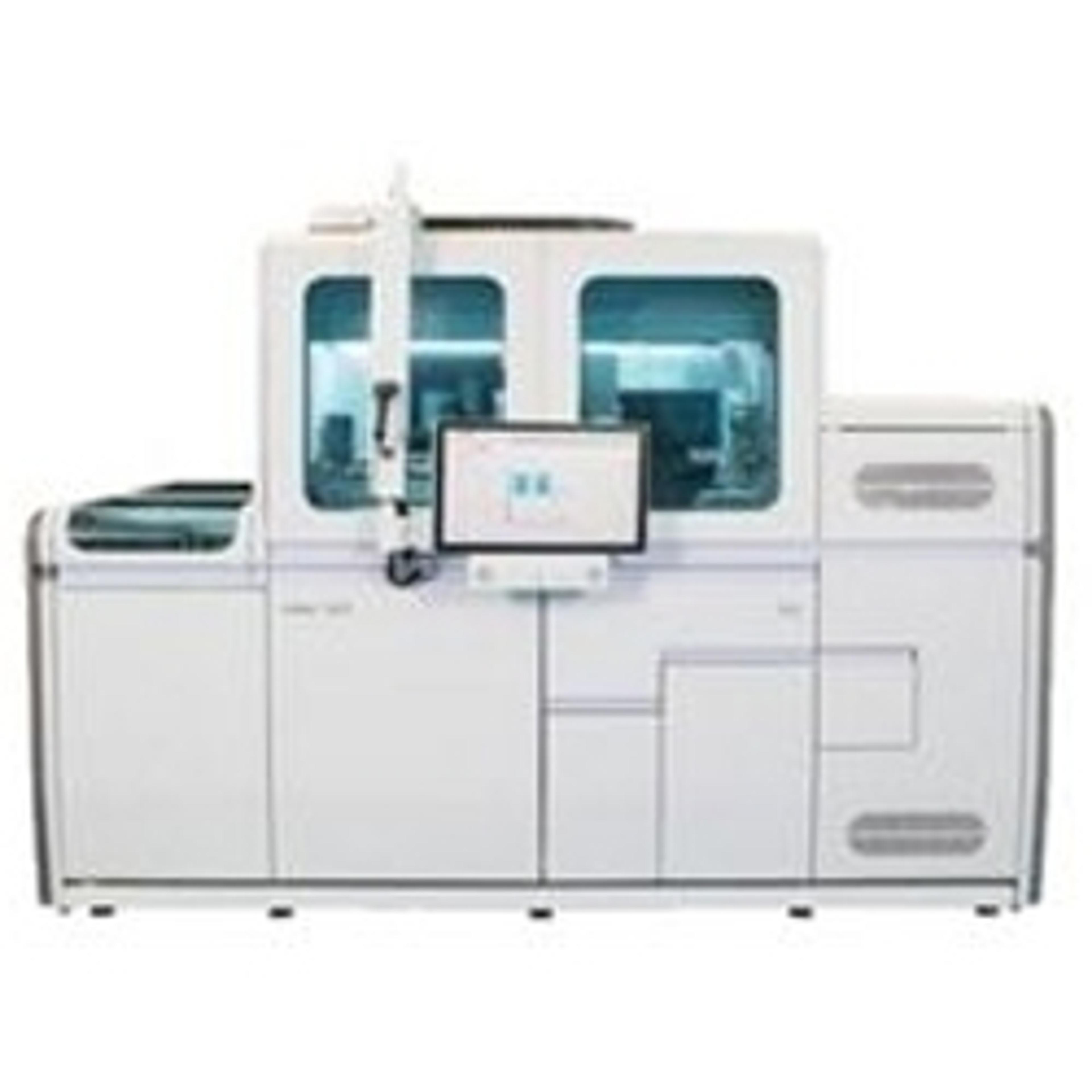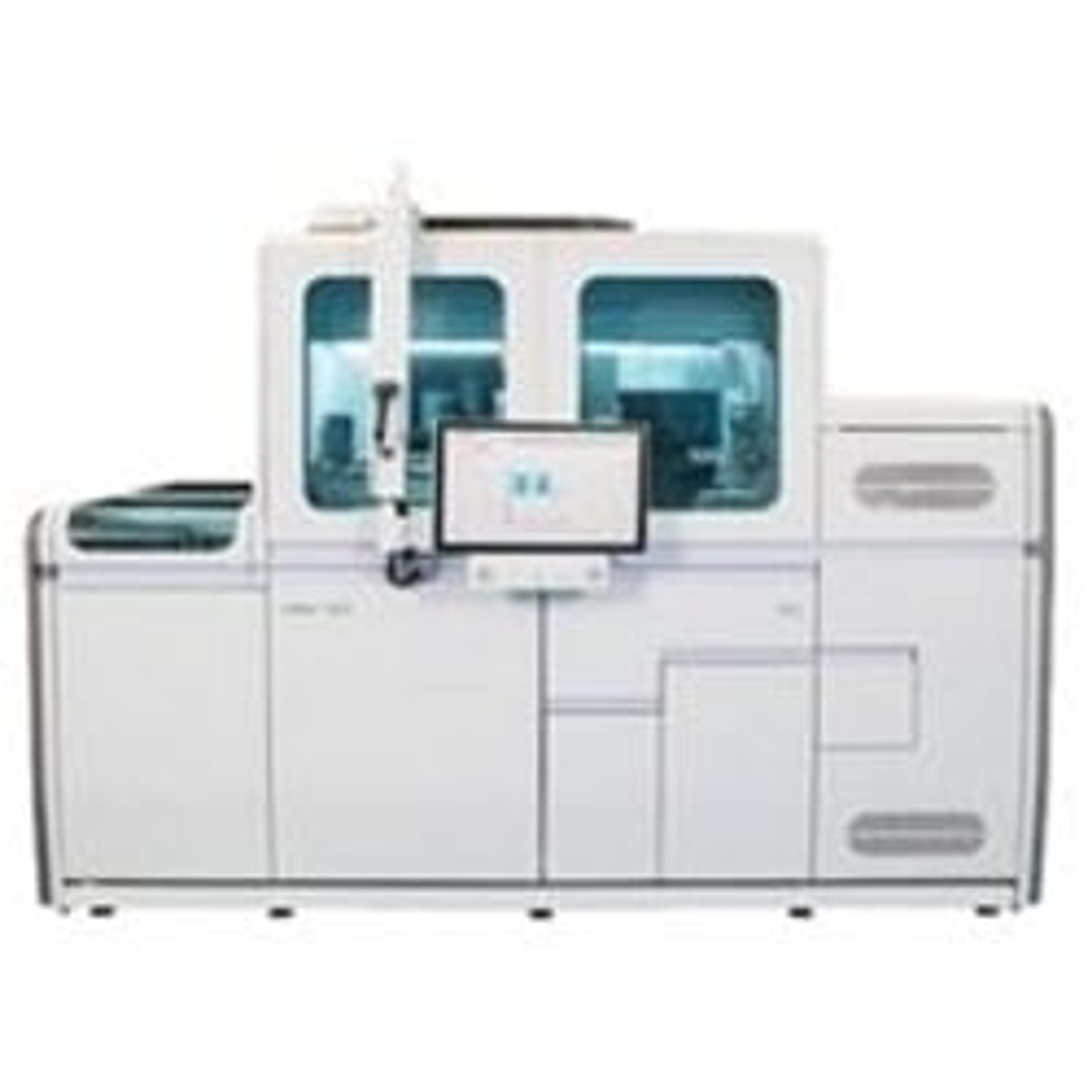cobas® 6800 System
Own the future of molecular testing
Great value and superb performance
COVID-19
This instrument is a life, time and money saver. Before this instrument I had issue with pipetting so many specimens. I have to exteract and do other processing before I can amplify for DNA or RNA . This is now a one step, one time process.
Review Date: 27 Oct 2022
The cobas 6800 is a state-of-the-art equipment with high throughput and it is cost effective
ANALYZE SARS-CoV-2 INFECTION IN NASAL SAMPLES
The cobas 6800 system is a fully automated solution with high throughput which can drive laboratory efficiency in a number of ways. The instrument can run up to 864 results in 8 hours with 1,440 results in 24-hours. These can gain up to 8 hours of walk-away time with just 3 user interactions per run. SARS-CoV-2 reagent tests kits are highly sensitive and specific for the infection with value to patients resulting in the increase of quality of results and also to the value to the laboratory.
Review Date: 10 Mar 2022
Reliable, user-friendly, high-throughput automated molecular diagnostics system.
Molecular diagnostics
This instrument system currently has 7 diagnostic assays that have received FDA-approval for routine testing of clinical specimens. The assays are easy to use, with a lot of automated QC measures in place for high-throughput testing. Depending on the assays used, it can test serum plasma, urine, viral transport media, and cervical cytology specimens (ThinPrep).
Review Date: 15 Jul 2021
Overall good system, but costly to run and has flaws.
Molecular infections
Overall, the 6800 is a good, reliable system. But, there are some issues that need to be addressed. 1) The 6800 does not handle the workload that Roche claimed it would. It splits runs that it should not (and they have never been able to say why), which adds a lot of time and cost. 2) It would’ve been much better had they included two thermocyclers in this model To decrease wait time. It really makes no sense that the 8800 has two processing units with four thermocyclers and the 6800 has one processing unit with only a single thermocycler. Also, both systems have only one sample input module. They say it rarely fails. But, it fails about as much as anything else in the system; and you’re dead in the water if it does fail. 3) The techs find the 6800 easy to use and like it overall. But, there is really very little that they can service themselves. They would be fully capable of fixing some things, and do so on many of our testing systems. But, it can’t be done on this one. So, when it’s down, you must wait for service. 4) Originally, you couldn’t see the QC ranges on the system and they weren’t included with the QC material. We battled against this for about two years before Roche fixed it. We would call in with each new QC lot and not quit until they gave them to us. It was a continuous battle. For some reason, they thought that labs only need to see “fail” or “pass” for a quantitative assays? Really? That does not allow for proper monitoring. Their designers and technical service needed to understand requirements for quantitative assays. They finally updated it so that ranges show; but you cannot change the ranges. Every good tech knows that manufacturer QC ranges are as wide as a barn door, because they are designed so that all labs and systems will pass. A single laboratory should narrow those ranges using statistical analysis of the lot in their own system. But, it’s impossible with this system, and there would be no way to run two lots in parallel due to the design of the system and QC packaging. 5) We use the system for both donor and patient testing. It was sold to us for that purpose and it was supposed to handle it all. But, there are severe limitations to this that Roche sales were unaware of. That’s partly because, although at the time the system was FDA approved for both patients and donors on the same system, the assays had not been approved. When the assays were approved, the limitations make it impractical to run both on a single system. The system must be completely finished with one before beginning the other. Plus, pooled donor testing cannot be run on the same system as patient testing (not at all). That increases cost and time are too much to even consider it. Plus, software updates between the two divisions are not aligned. They need to coordinate better. 6) Roche service is pretty responsive, though there was a lot of turnover the first couple of years. We’re pretty satisfied in that area. Overall, sales on the diagnostic side is responsive. But, on the donor side, they are not good. They don’t live up to sales claims and promises, even those that are well-documented. That alone would cause me to change vendors when new systems are needed (if not sooner). That’s a shame.
Review Date: 28 Nov 2019
Does not live up to claims/promises for use and performance. Proceed with caution.
Molecular diagnositics and donor testing
We purchased this system when it was new. It was sold to do both patient and donor testing on one system and supposedly had the throughput to handle all of our testing plus some. On multiple occasions during the contracting process, vendor representatives indicated that the system could be interfaced to two separate LIS systems (one for donor and one for patients) without any additional software or hardware needed. These things have definitely not been consistent with our experience, and the vendor will not live up to promises made at sale. If you are going to purchase this system now, there should be plenty of labs to speak with concerning your specific applications, and whether the system and the vendor can perform as sold. You may find this system to be the best for your lab. But, do your homework and be sure to look at the newer systems by competitors as well. Positives: Sample input to result output without operation intervention. Fairly easy to operate. Not much hard down time. Approved for both patient and donor testing. Negatives: Unable to see curves/data to determine cause of individual test failures (a downgrade from the Taqman system). Unable to narrow QC ranges to those that would be reasonable based upon user data. (Originally, ranges were not even provided with the QC product or shown on the system. When we inquired of the vendor, they said that this was "proprietary" information! Quantitative QC without these things? You cannot monitor for bias or significance of shifts and trends if you don't even know what the target and limits are. Do they not understand general laboratory requirements for quantitative tests?) No tracking of QC statistics, such as L-J charts. Be sure to set it up in your LIS. Cannot perform both donor and patient testing on the same system due to software version differences that occur frequently enough to be an issue. Frequent software updates.. If possible to align software versions, cannot perform donor pooled testing on a system that performs patient testing. Throughput not as advertised, severely limiting intended use. Intermittent problems with automatic splitting of runs or untrue reagent level errors cannot be explained by vendor.
Review Date: 16 Nov 2018
High throughput and maximum walk-away time
Designed for high throughput applications such as viral load IVD monitoring, blood screening, microbiology testing and women’s health, the cobas® 6800 can run up to 384 tests in an 8-hour shift—1,536 tests in 24 hours—with only 3 user interactions per run and up to 8 hours of walk-away time.*
*May vary based on workflow demands.

